
Sewing is both a practical skill and a creative outlet. Whether you are a professional seamstress or just enjoy sewing as a hobby, having the right tools and equipment is essential for creating beautiful and precise stitches. In this article, we will explore the various sewing tools and their specific uses.
1. Sewing Machine
The sewing machine is the most important and often the most expensive equipment in a sewer’s toolkit. It is used to stitch fabric together quickly and effortlessly. Sewing machines come in different types, such as mechanical, electronic, and computerized, with varying features and purposes. Regardless of the type, a sewing machine plays a crucial role in every sewing project.
2. Hand Sewing Needles
Hand sewing needles come in different sizes, lengths, and shapes, each with their own specific purpose. The most common type is the sharp-pointed needle, used for general sewing, while ballpoint needles are designed for sewing knit fabrics. There are also embroidery needles, chenille needles, and many more, each designed for different sewing techniques and materials.
3. Sewing Scissors
Sewing scissors are a must-have tool in every sewing kit. They come in different sizes and styles, including shears, embroidery scissors, pinking shears, and thread snips. Each type of scissors serves a unique purpose, from cutting fabric to trimming threads. It is essential to have sharp sewing scissors to ensure clean and accurate cuts.
4. Measuring Tools
Measuring tools are essential for achieving precise and accurate sewing. A tape measure is the most commonly used measuring tool, but there are also rulers, yardsticks, and curves rulers for more specific measurements. It is also essential to have a seam gauge for measuring and marking hems and seam allowances.
5. Sewing Pins
Sewing pins are used to hold fabric pieces together while sewing. They come in various lengths and thicknesses, and some are even specifically designed for certain types of fabric. Having extra-fine pins is helpful when working with delicate and lightweight fabrics, while longer and thicker pins are suitable for heavier fabrics.
6. Seam Ripper
Even the most experienced sewers make mistakes, and a seam ripper is a lifesaver in such situations. It is a small tool with a sharp blade used to undo stitches and remove them with precision without damaging the fabric. A seam ripper is a must-have in every sewing kit.
7. Bobbins and Bobbin Case
Bobbins are small spools that hold the lower thread in a sewing machine. A sewing machine usually comes with a few bobbins, but it is always helpful to have extra ones on hand. A bobbin case, on the other hand, holds the bobbin in place and controls the tension of the lower thread while sewing.
8. Pin Cushion
A pin cushion is a small, portable cushion used for storing pins safely and preventing them from getting lost in the middle of a sewing project. It also makes it easy to grab a pin when needed, without having to search through a pile of sewing tools.
Conclusion
These are just some of the essential sewing tools and equipment that are commonly used in various sewing projects. Having the right tools not only makes sewing more comfortable and efficient, but it also ensures the quality of the finished product. So whether you are a beginner or an expert, investing in the right sewing tools will undoubtedly take your sewing skills to the next level.
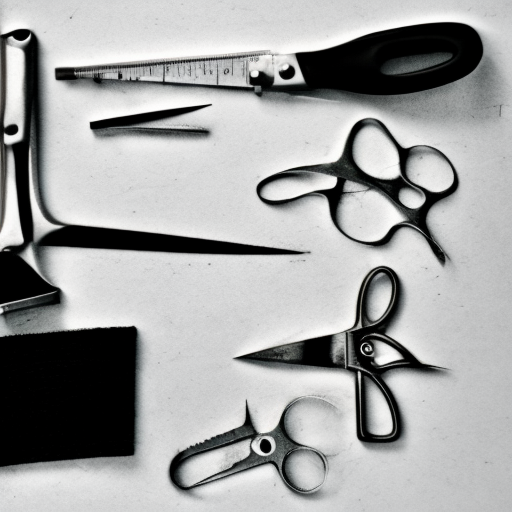
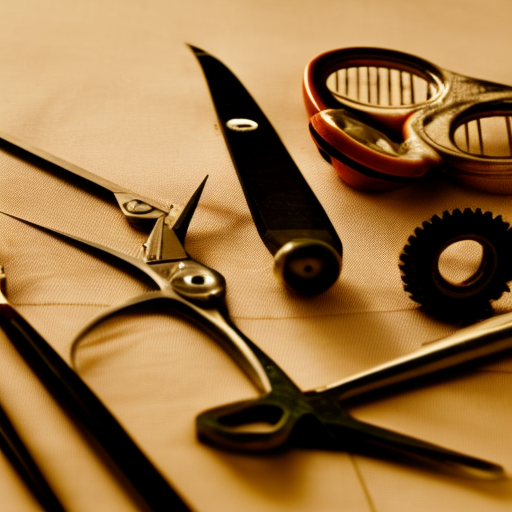
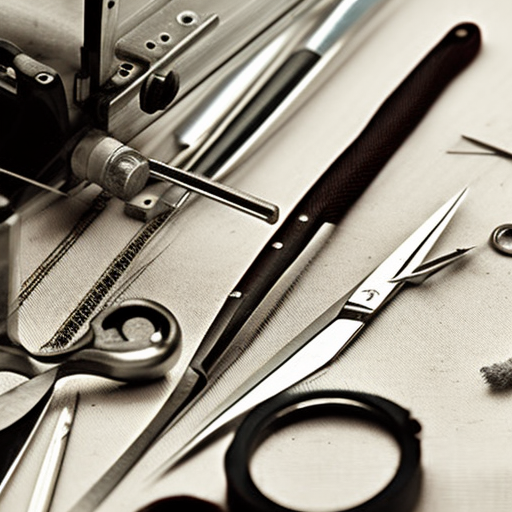
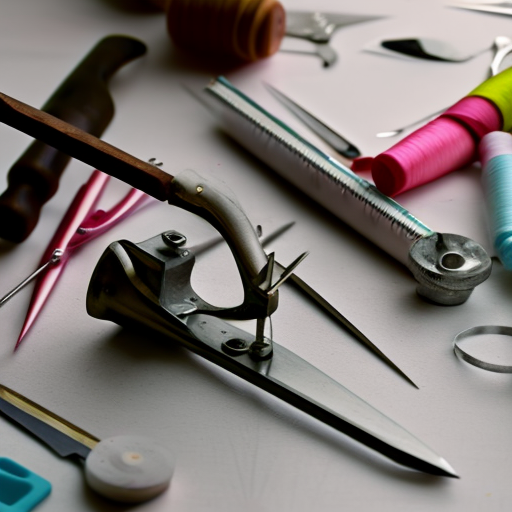
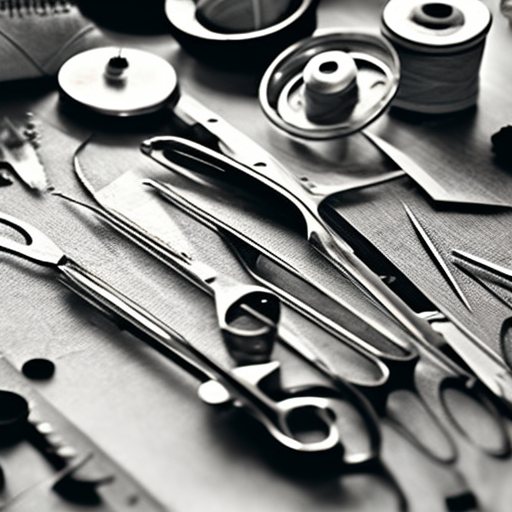
What a perfectly helpful blog post!
Rachel Dickson: This is amazing, thanks for sharing!
This is incredibly useful information – great work! Knowing the various types of equipment and supplies associated with sewing can help beginners like myself learn the craft quickly. #seamstressessaved
This is incredibly helpful!